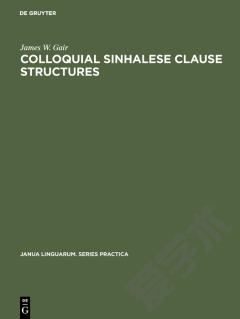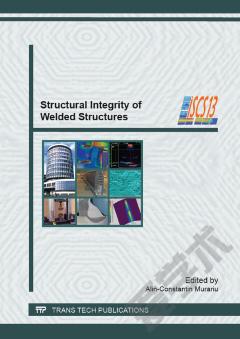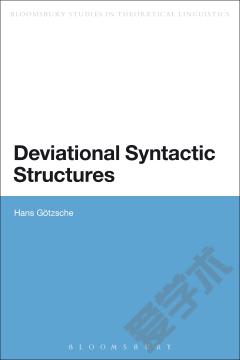Seismic Vulnerability of Structures
An eleven page well written and interesting introduction begins this seven-chapter book, each chapter written by a different author. Included in this illustrated book is an index and bibliographies at the end of each chapter. Seismic Vulnerability of Structures, in general, deals with assessment methods for individual structures (mostly buildings) in urban areas. (Older buildings, the majority of buildings in our established cities, have not been designed for earthquake effects and, in fact, there is probably no documentation carefully describing their design or construction.) This book is concerned with improving the evaluation of risk of seismic activity. The issue of seismic vulnerability is essentially important because of the density of our cities and the structural shape and large size of the many structures that make up any city. Had the populations been spread out over the countryside, the destructive effect of earthquakes would be much less than now. Of course, with the approximately 50,000 earthquakes per year that occur, very few result in significant destruction and deaths because of locations and severity of the resulting ground motion often is in remote areas. There is a fundamental problem that makes estimation of seismic vulnerability difficult: the prediction of when and where and what magnitude of any earthquake is just about impossible now although, when it does occur, locations affected can often be determined, although usually with too short a warning to the populations. Chapter 1 is on seismic vulnerability of existing buildings: empirical methods, based on probabilistic or deterministic approaches that are developed from historical data. Inherent in structural response is the nonlinearityâboth in the form of possible large displacements and non-viscous friction (joints, skins, facades) of multi-degree-of-freedom structures. Included in the chapter is treatment of masonry and reinforced concrete buildings. Chapter 2 deals with mechanical methods including fragility curves. The authors discuss âpushover analysisâ where a building is subject to lateral forces, monotonically increasing, until a predefined displacement occurs. This is an incremental, essentially non-linear analysis. The chapter discusses how to develop this âpush-overâ curve. The chapter also includes a good explanation of fragility curves. Chapter 3 discusses seismic vulnerability in Greece. The author includes analysis of existing unreinforced
{{comment.content}}








 京公网安备 11010802027623号
京公网安备 11010802027623号